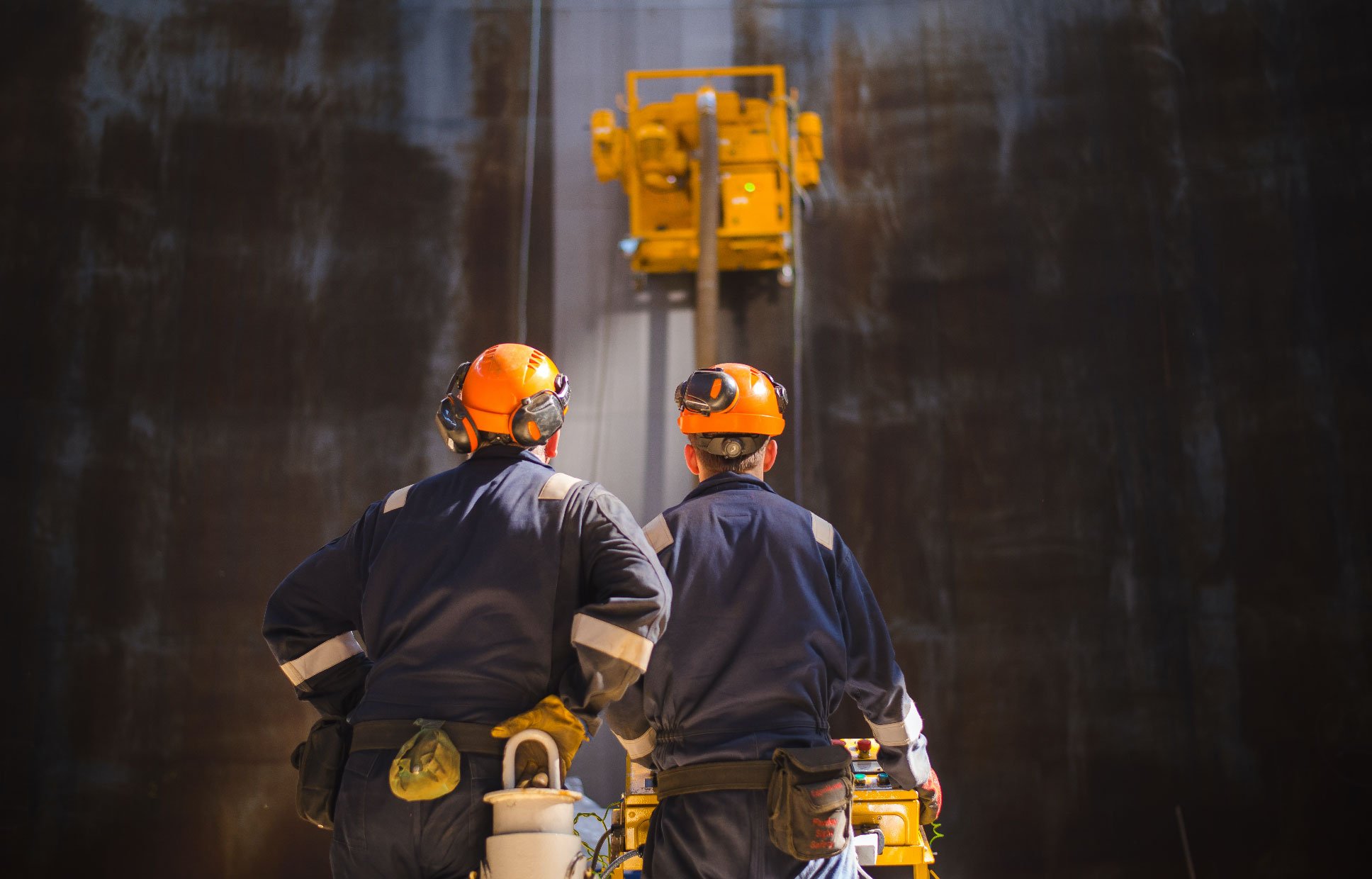The concrete and construction industry is very obviously dependent on heavy duty equipment. Most people are experts at using the equipment effectively, but not everyone has training in the electrical engineering aspect that goes into creating these machines. Although, it’s unnecessary to know all the inner workings and complexities behind the electrical components of the equipment to be able to use them, many of our customers like to have a basic understanding of the differences that are relevant to their experience. One question we hear a lot is, “What is the difference between single and three phase power?” In this blog we’ll address the important differences so you have a better basic understanding. Be aware that this blog will not fully dive into all of the complex workings behind single and three phase power, we just wanted to highlight the differences that are relevant to the contractors and workers that use our equipment.
One of the main things to understand when thinking about single or three phase power is where it is available. In North America, three phase power is only available in commercial/industrial buildings because of the high voltage. Whereas single phase is found in both residential and commercial.
Other important differences between Single and Three Phase power:
Single Phase
- 2 wires
- Low voltage
- Example voltage levels 120/240
Three Phase
- 3 wires
- High voltage
- Example voltage levels 108/208/400/460/600
The primary advantage of three phase power is that more energy can be delivered to the equipment than with single phase, while still using the same size wire. When the voltage is increased, with the wire staying the same size, more energy is transmitted. Also, the fact that there are 3 instead of only 2 energy carrying wires, makes the energy available at the equipment much higher. Due to the increased number of wires and the increased size of three phase motors the cost will be higher for three phase, but the equipment is much more powerful making it worth the investment.
If you are working at a residential job site, single phase is your only option. The main advantage of single phase equipment is that they are lighter and cost less than three phase equipment. Because of the residential energy restrictions, it is not possible to get as much energy to the equipment. As a result, this causes the equipment to work slower than what is otherwise possible with three phase power. Due to the fact that residential jobs (like home renovations, for example) are generally smaller and don’t require three phase power, you are able to take advantage of the cost savings available with a single phase piece of equipment.
If you’re still unsure if you should be using single or three phase equipment, at the very least find out what the power restrictions are at your job site. If you can easily communicate those power restrictions to whomever you’re buying or renting your equipment from, they should be able to recommend the right piece of equipment to help you get the job done without any concern.


 By
By 